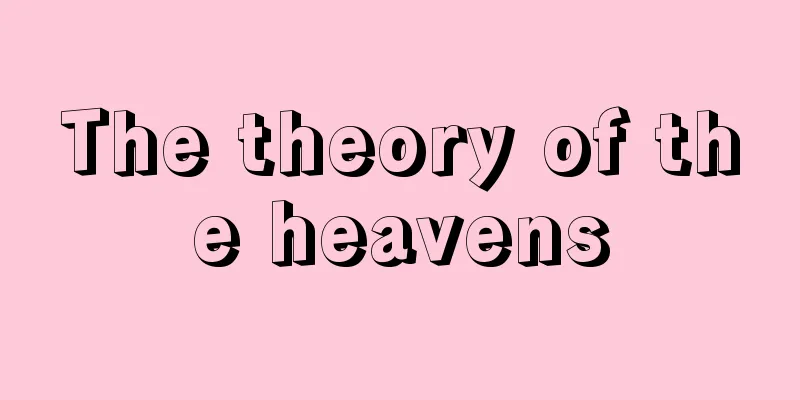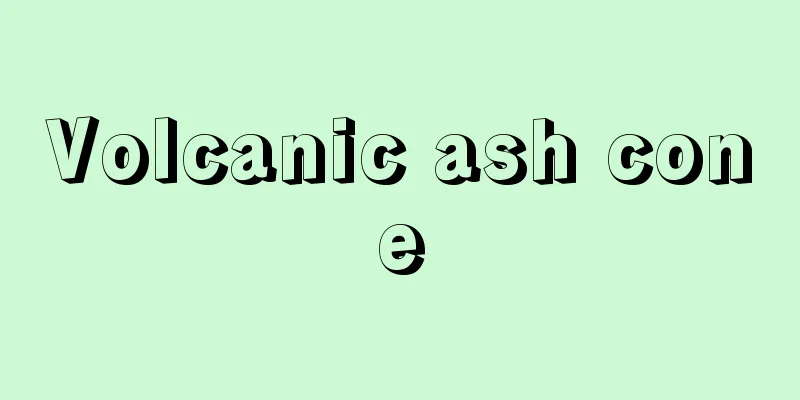Tsuryo - Tsuryo

|
This refers to the customs fees collected at port checkpoints set up at tsu (ship wharves) and harbors from the end of the Heian period to the Sengoku period. The customs fees are called various names depending on the method of collection, such as shomai (measure of rice) (per stone), okiishi fee (per boat), and mokusen (merchant tax). The customs fees were originally collected to cover port construction costs, but they gradually became an important source of revenue for temples and shrines, manorial lords, jito (land stewards), shugo (military governors), and local lords, and the Muromachi period saw the proliferation of checkpoints. Both the Kamakura and Muromachi Shogunates issued orders prohibiting the collection of customs fees, but it is believed that the ban was actually enforced by the Sengoku daimyo, as can be seen in the Imagawa Kana Mokuroku. [Atsuko Suzuki] "A Study of Barriers" by Jiro Aida (1943, Unebi Shobo, republished in 1972, Arimine Shoten) " "Merchants and Transportation in the Middle Ages" by Takeshi Toyoda (1983, Yoshikawa Kobunkan) [Reference] |Source: Shogakukan Encyclopedia Nipponica About Encyclopedia Nipponica Information | Legend |
|
平安末期から戦国期にかけて津(船着き場)や港湾に設けた関所で徴収した関料のこと。津料は、その徴収方法によりさまざまな名称があり、升米(しょうまい)(石別(こくべつ))・置石(おきいし)料(艘別(そうべつ))・商船目銭(もくせん)(商品税)などともよばれる。津料は本来は港湾修築費にあてるために徴収していたが、しだいに寺社、荘園(しょうえん)領主、地頭(じとう)、守護、在地領主らの重要な財源となり、室町期は関所の乱立期となった。鎌倉・室町両幕府は、津料徴収禁止令を出しているが、禁令として実際に効力を発揮したのは「今川仮名目録(いまがわかなもくろく)」にみられるように戦国大名によるものであったと考えられる。 [鈴木敦子] 『相田二郎著『関所の研究』(1943・畝傍書房/再刊・1972・有峰書店)』▽『豊田武著『中世の商人と交通』(1983・吉川弘文館)』 [参照項目] |出典 小学館 日本大百科全書(ニッポニカ)日本大百科全書(ニッポニカ)について 情報 | 凡例 |
Recommend
Blue cap - Blue cap
...25 species are distributed in Central and Sout...
Nobel Prize - Nobel Prize
The prize is awarded annually by four institutions...
Kapuzinerberg - Kapuzinerberg
…A designated city and archbishopric. The Salzach...
Indian type
...For many years, it has served as a staple food...
Stamp Tax Revolt
...The Breton region was the latest to appoint lo...
Administrative law - gyouseihou (English spelling) administrative law
A general term for laws related to the organizati...
Labor-Management Relations Act
…American labor legislation enacted in 1947. Its ...
Alderotti, T. AlderottiT
…The first human dissection in the Middle Ages is...
Pathet Lao (English spelling)
The name means "the state of Laos," but ...
Punishment Law Book - Punishment Law Book
A collection of criminal precedents from the Edo S...
Imperial Topaz
…Topaz is broadly divided into two types: the hyd...
Daniel Mornet
1878‐1954 French literary historian. Professor at ...
Suspension
A system in which solid colloidal particles are d...
Marine hatchetfish
A deep-sea fish of the family Leptidae in the orde...
Ayodhya (English spelling)
…An ancient Indian kingdom in what is now the eas...





![Otaki [Village] - Otaki](/upload/images/67cb161a1fdce.webp)



